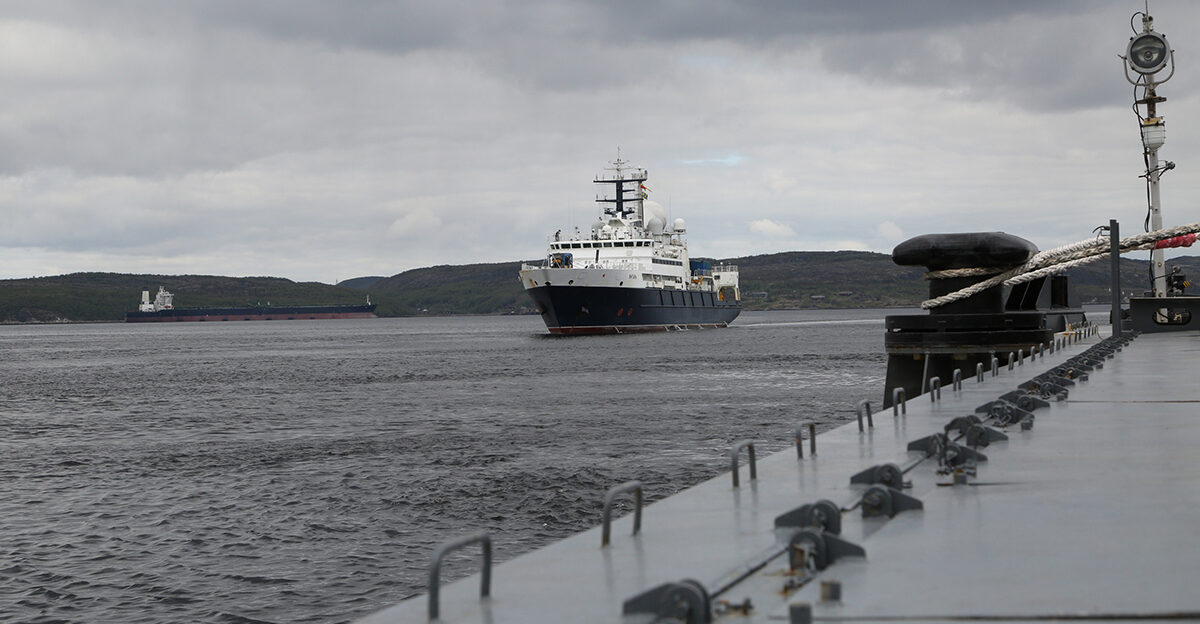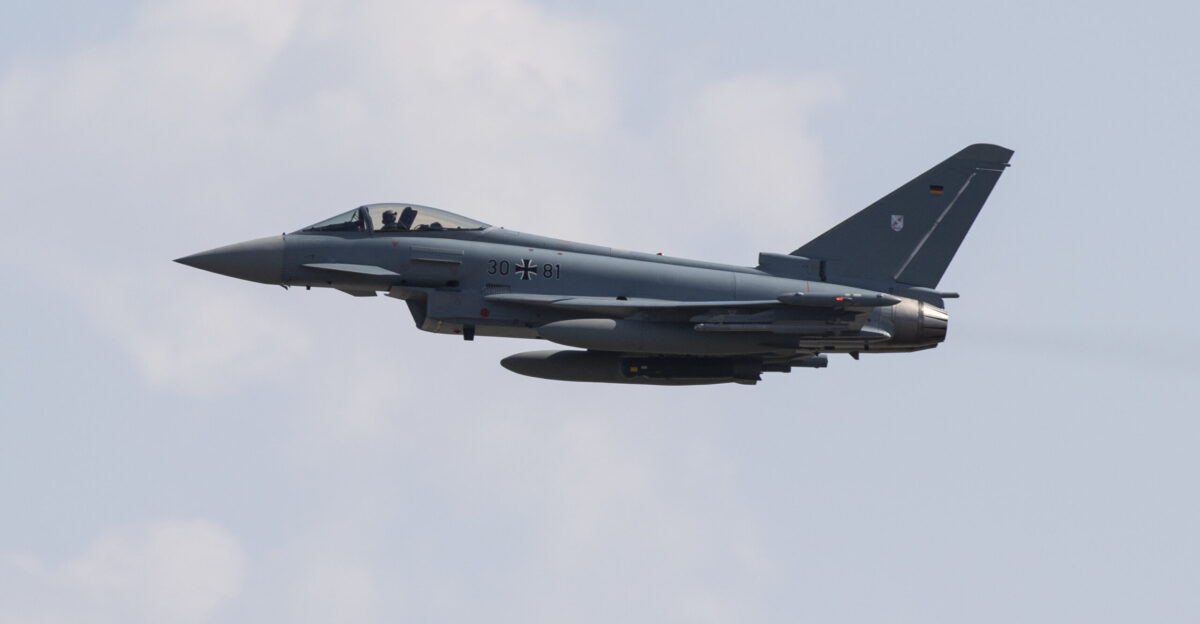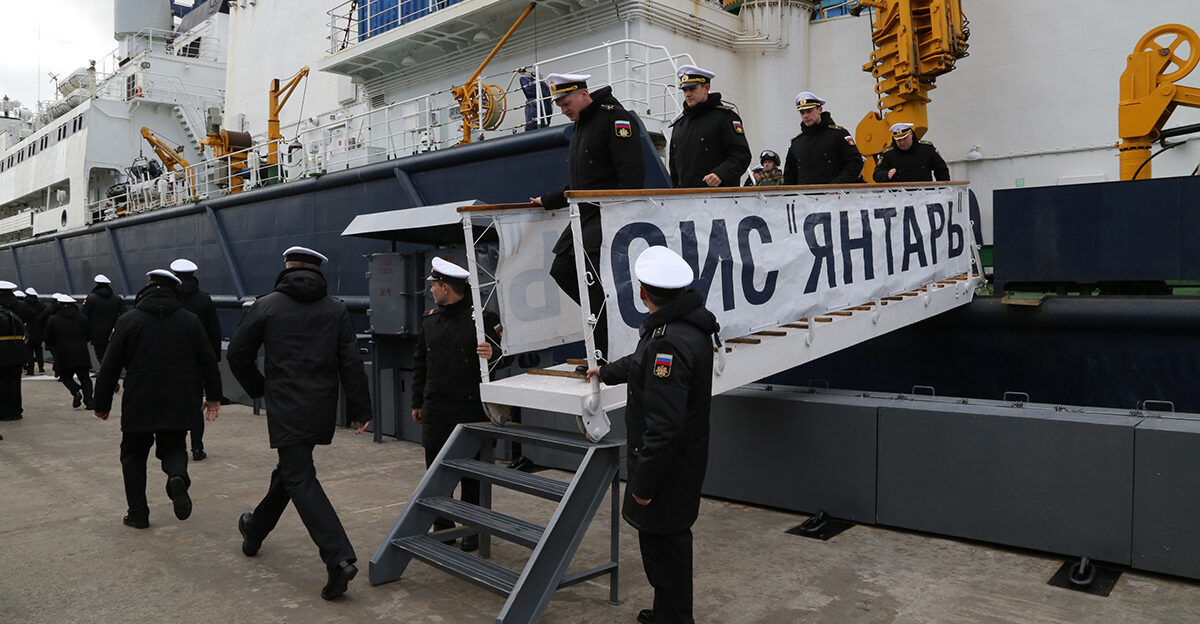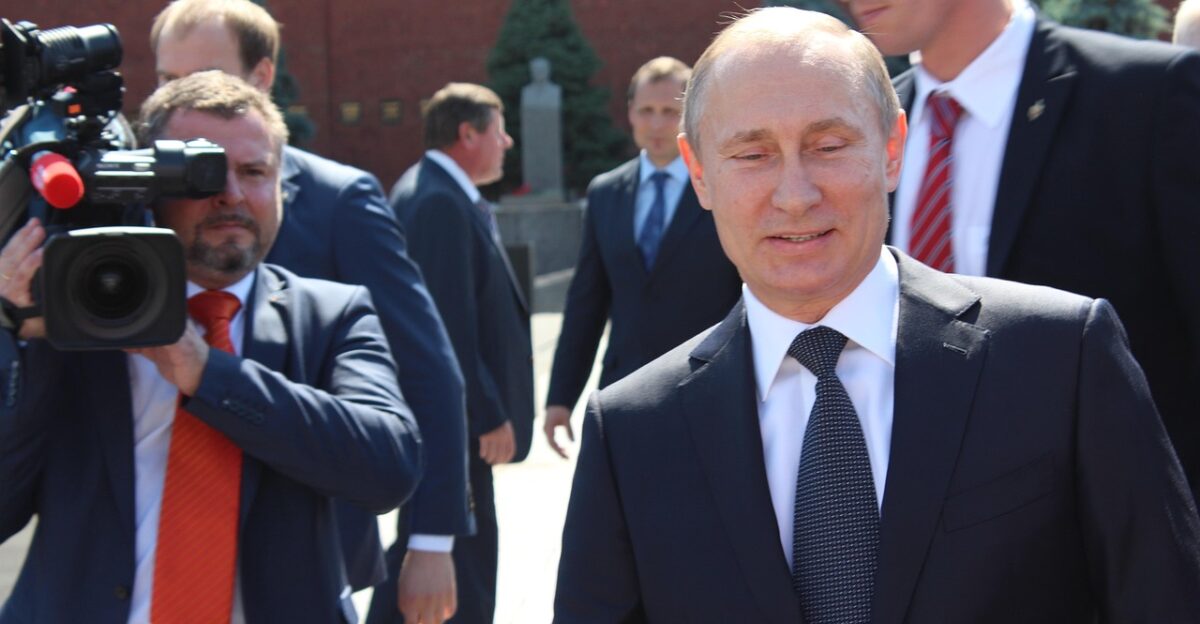
Something alarming happened in the cold waters north of Scotland recently, and it has deeply rattled Britain’s defense chiefs. For the first time, a Russian spy ship aimed lasers directly at Royal Air Force pilots tracking its movements near British shores.
Defense Secretary John Healey didn’t mince words when he addressed the nation on November 19, calling Russia’s actions “deeply dangerous” and warning Moscow: “We see you.”
Russia’s Notorious Yantar Prowls Britain’s Undersea Lifelines

The vessel at the center of this unfolding drama is the Yantar, a ship Moscow insists is merely conducting “oceanographic research.” But British intelligence tells a very different story. According to Healey, this ship is designed for “gathering intelligence and mapping undersea cables,” which form the invisible backbone of Britain’s economy and communications.
The Yantar has entered UK waters for the second time this year, and each time, it has pushed boundaries further.
What Exactly Is Russia Mapping Beneath the Waves?

Here’s why defense officials are genuinely worried. Britain relies on roughly 60 undersea cables that branch out from its coastline, carrying approximately 99% of the country’s international digital communications. These cables power everything from international bank transactions worth trillions of dollars daily to NHS cloud-based medical records.
If Russia is charting these critical nodes, the implications are chilling—they’re essentially building a target map.
Secretive Russian Unit GUGI Pulls the Strings

The Yantar doesn’t answer to Russia’s regular navy. It operates under GUGI, the Main Directorate of Deep-Sea Research, a shadowy military unit so classified that even most Russian naval officers know little about it.
According to the Financial Times, GUGI can deploy submersibles capable of diving to 6,000 meters—ten times deeper than conventional submarines equipped with manipulator arms designed to tap cables or plant explosives for later detonation.
Royal Navy Frigate and RAF P-8 Scrambled to Track the Intruder

Britain didn’t take this incursion lying down. The Ministry of Defence deployed HMS Somerset, a Type 23 frigate, alongside RAF Poseidon P-8 maritime patrol aircraft to shadow the Yantar’s every move.
It was during this surveillance mission that Russian crew members directed lasers at the British pilots—a brazen escalation that Armed Forces Minister Al Carns later called “a highly dangerous and reckless attempt to disrupt our surveillance.”
Pilots Escape Injury, But the Warning Is Clear

The good news is that British pilots were medically assessed after the incident and reported no injuries, according to Minister Carns. The troubling part is that lasers aimed at aircraft can temporarily blind pilots or permanently damage their vision, potentially causing catastrophic accidents.
While the exact type of laser remains classified, both Russia and China routinely use such tactics against surveillance aircraft, treating them as a grey-zone provocation that falls just short of outright warfare.
GPS Jamming Adds Another Layer of Hostility

Lasers weren’t Russia’s only weapon. As HMS Somerset tracked the Yantar, the frigate and nearby civilian ships experienced GPS jamming—yet another demonstration of what the Ministry of Defence described as “unprofessional behaviour, intended to be disruptive and a nuisance.”
Fortunately, Somerset’s combat capabilities remained unaffected, but the incident underscored Russia’s willingness to interfere with navigation systems in international waters.
Healey’s Blunt Warning: ‘We See You, Putin’

Defense Secretary Healey delivered a pointed message to the Kremlin during his Downing Street briefing. “My message to Russia and to Putin is this: we see you, we know what you’re doing, and if the Yantar travels south this week, we are ready,” he declared.
He also announced he had changed the Royal Navy’s rules of engagement, allowing closer tracking and monitoring of the spy ship in Britain’s broader waters—a significant tactical shift.
Shadow Defense Secretary Calls It ‘Serious Escalation’

The opposition wasn’t holding back either. Shadow Defence Secretary James Cartlidge branded the laser attack “a serious escalation by Russian forces in close proximity to our homeland.” He pressed ministers on what mitigations were being implemented against “the evolving laser threat”.
He criticized what he called the government’s “glacial pace” on defense readiness reforms—a pointed reminder that partisan politics don’t stop at the water’s edge.
Part of a Chilling Pattern Across Europe

This isn’t an isolated provocation—it’s part of a coordinated campaign. Defense Secretary Healey himself declared Britain is entering “a new era of threat,” noting that Russian incursions into NATO airspace have doubled in the past year alone.
Just days before the Yantar incident, an explosion ripped through a Polish railway line used to transport aid to Ukraine—what Prime Minister Donald Tusk called an “unprecedented act of sabotage” orchestrated by Russian intelligence.
Drones Breach Alliance Airspace

The pressure extends well beyond British waters. On November 19, NATO scrambled fighter jets over Poland and Romania after massive Russian drone and missile strikes on western Ukraine killed at least 25 people.
Romanian airspace has now been breached 13 times since Russia’s 2022 invasion—the latest incursion, on November 25, penetrated deeper than any before, prompting German Eurofighters and Romanian F-16s to chase the intruder.
Russia Denies Everything, Blames ‘Russophobic Hysteria’

Moscow’s response has been predictably defiant. Russia’s embassy in London dismissed Healey’s accusations as “provocative remarks,” insisting the Yantar is simply an “oceanographic research vessel” operating in international waters.
The embassy blamed Britain’s “Russophobic stance” for “exacerbating the deterioration of European security”—a familiar playbook of denial while hybrid operations continue unabated.
Britain’s Undersea Cables: The Invisible Achilles Heel

Here’s the uncomfortable truth: a parliamentary committee recently warned that Britain’s government has been “too timid” in defending its undersea infrastructure. These cables don’t just carry internet traffic—they underpin financial transactions, military communications, and even emergency services.
A coordinated attack could trigger cascading failures across the economy. As one expert put it, Russia has spent decades building “a pretty good map” of exactly where to strike.
90,000 Cyber-Attacks—And Counting

The undersea threat is just one front in Russia’s hybrid war. Over the past two years, UK Defence systems have faced more than 90,000 cyberattacks linked to hostile states—more than double the number in the previous two-year period.
Defense Secretary Healey described the escalating digital assault bluntly: “The keyboard has become a weapon of war.” Britain is responding with a new Cyber and Electromagnetic Command and over £1 billion in AI and hacking capabilities.
The Stakes: Your Internet, Economy, and Way of Life

Armed Forces Minister Al Carns summed up what’s really at risk when he told Parliament that Russian spy ships “pose a threat, indeed, to our economy and our way of life.” This isn’t abstract geopolitics—it’s about the infrastructure that keeps modern Britain functioning.
As the Yantar lingers on the edge of UK waters, the message from Moscow seems clear: they’re testing how far they can push before someone pushes back.